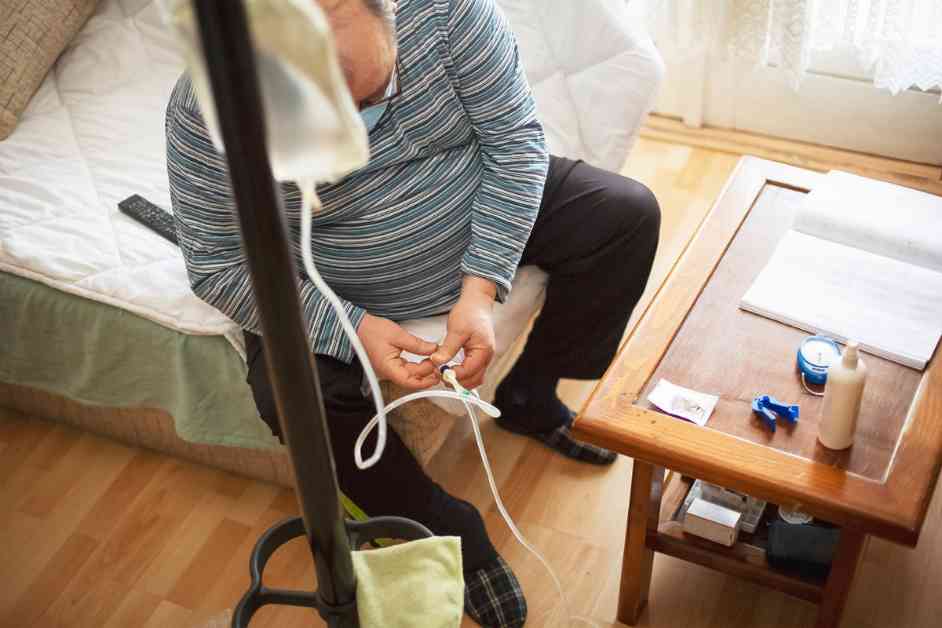Doctors are changing treatment plans for American patients with kidney failure three weeks after Hurricane Helene damaged a medical supply manufacturer in North Carolina. The plant, owned by Baxter International, makes half the nation’s peritoneal dialysis fluid. This shortage affects about 80,000 kidney failure patients. The FDA declared an official shortage of three types of fluids, including peritoneal dialysis solution. Baxter may not resume production until the end of the year, causing patients to receive reduced amounts of necessary fluids.
Suzanne Watnick, a scholar for the American Society of Nephrology, led a group in creating guidelines for doctors and patients dealing with the shortage. Patients are receiving 50 to 90 percent of their required fluids, leading to difficult decisions for doctors. Dialysis is essential for removing waste and extra fluid from the body when kidneys fail. There are two types of dialysis: hemodialysis, done at a hospital, and peritoneal dialysis, done at home. The guidance helps doctors adjust treatment plans based on individual patient needs and remaining kidney function.
The shortage impacts other intravenous fluids produced at the facility, leading to importation of solutions to alleviate the shortage. Baxter aims to restore production by the end of the year, but the timeline for full recovery is uncertain. While patients could switch to hemodialysis, experts warn against it due to potential fluid shortages. Hemodialysis requires surgical intervention, making it less safe for quick transitions. The CDC advises against transitioning to hemodialysis unless necessary, as it can increase infection risks.
The impact of Hurricane Helene on dialysis services highlights the vulnerability of patients with kidney failure. The shortage of peritoneal dialysis solution poses challenges for doctors and patients in maintaining effective treatment. The guidance provided by experts aims to help navigate the shortage while prioritizing patient safety. The ongoing efforts to restore production and secure alternative sources of supply are crucial in ensuring continued care for kidney failure patients.










